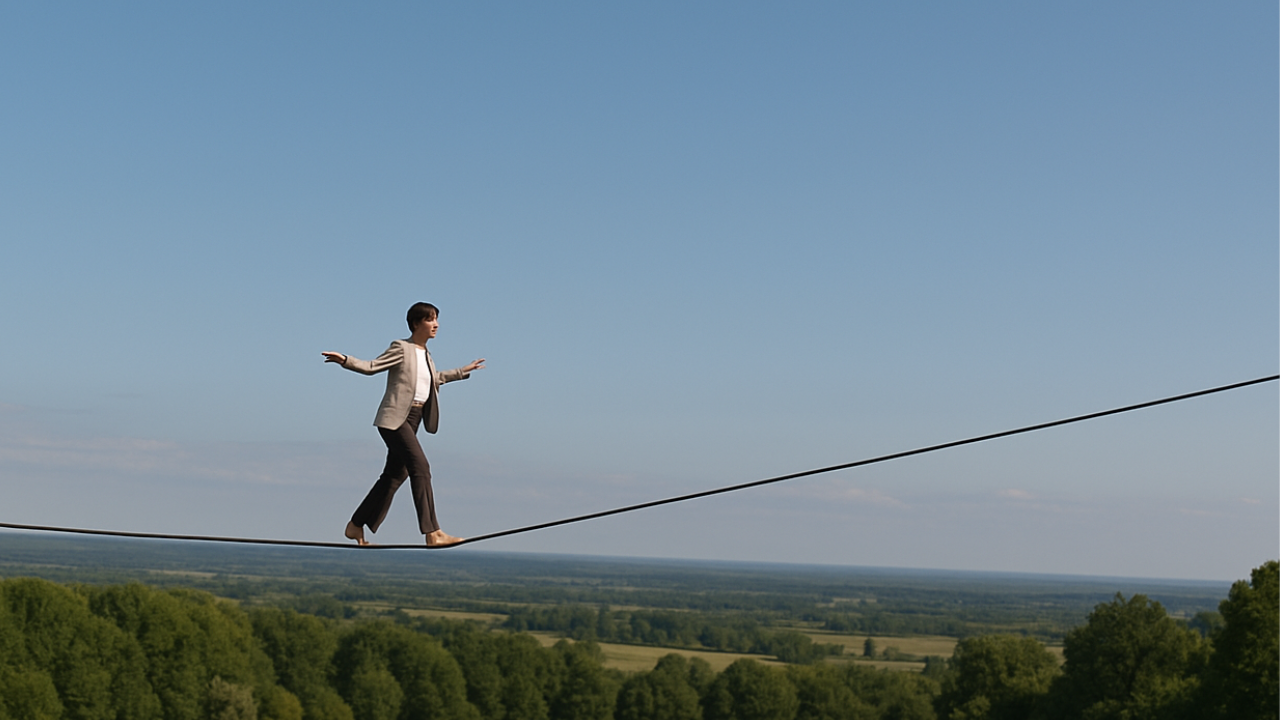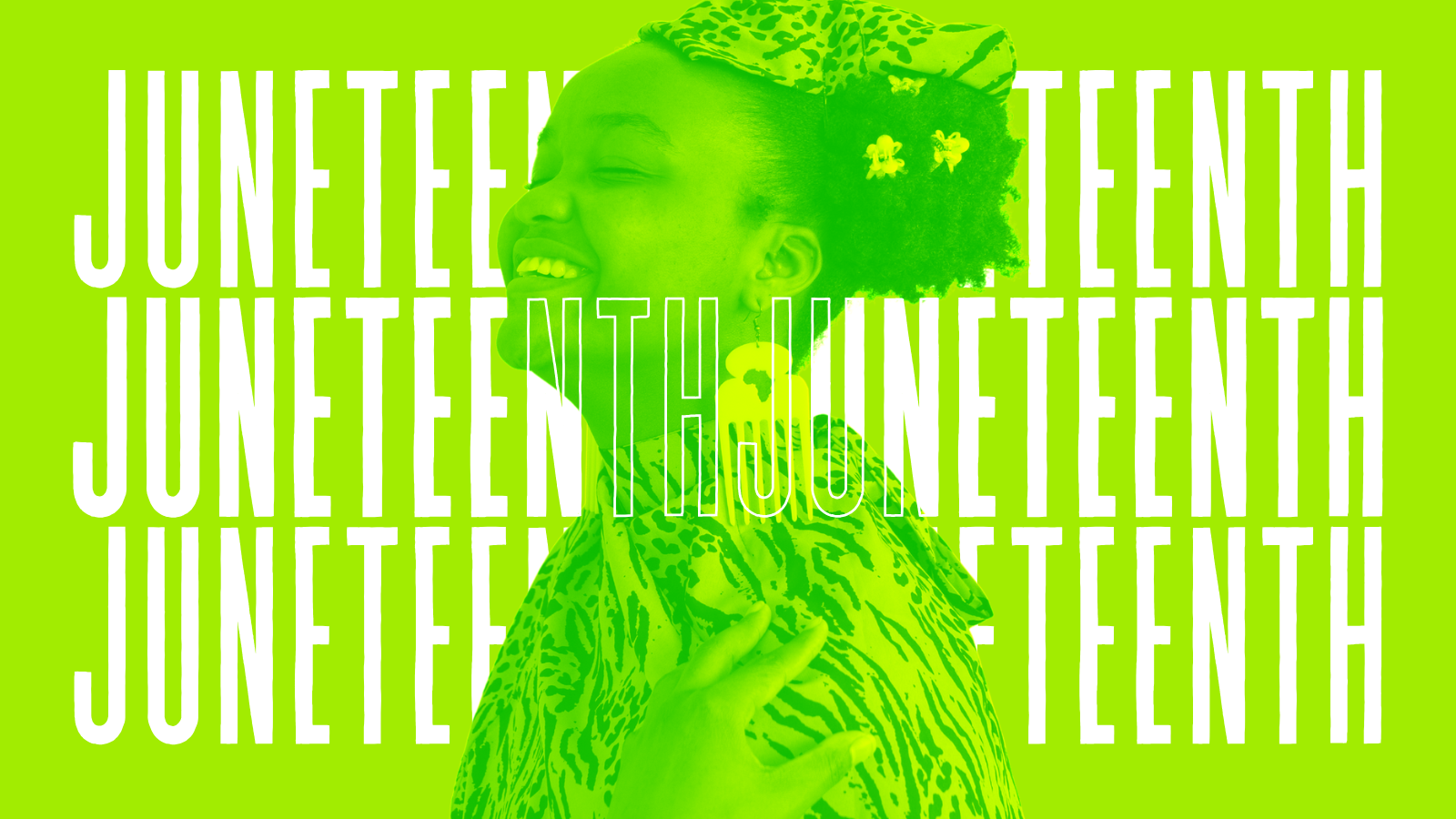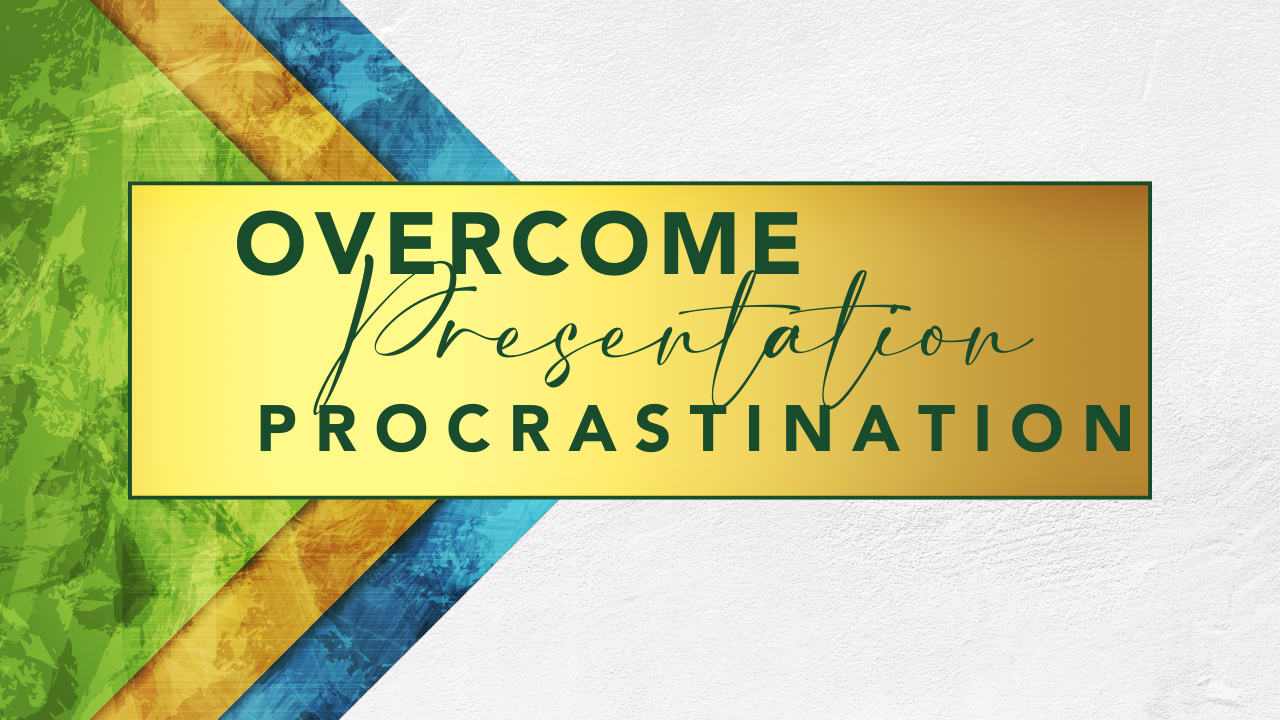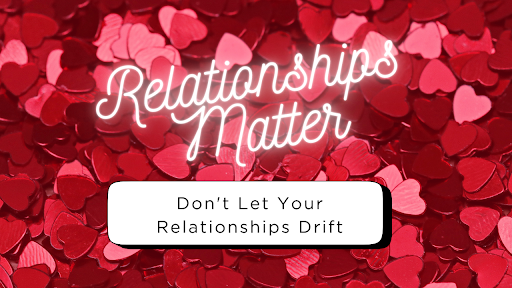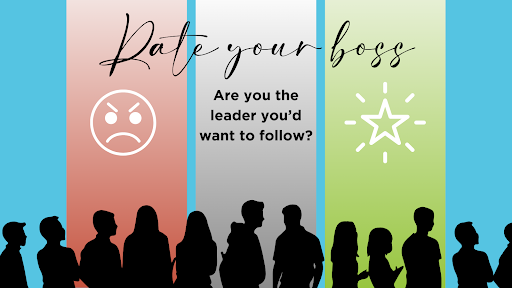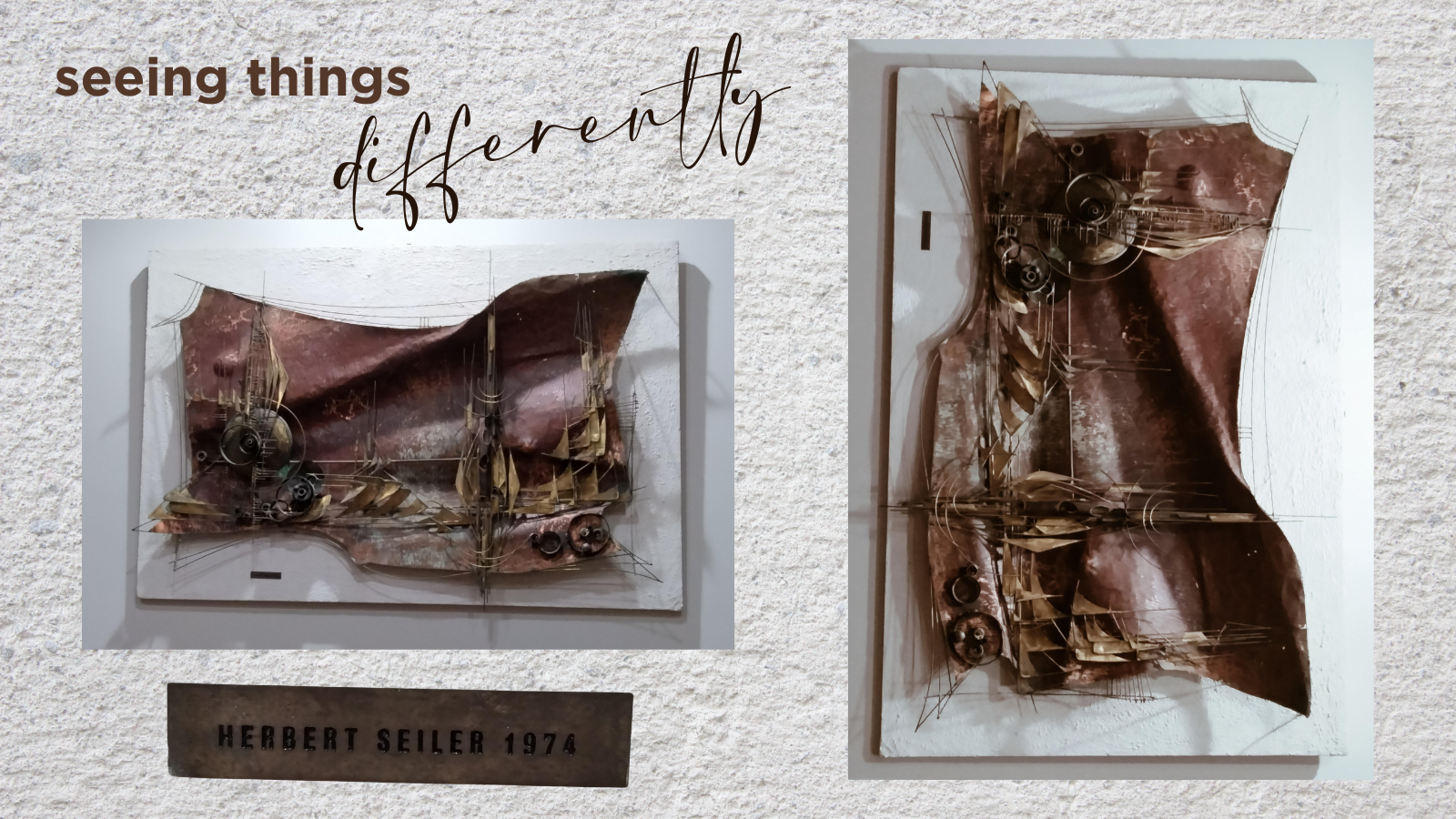Follow Up is the fifth core principle of relationship-based networking.
It is the secret sauce to maintaining strong, reliable, and productive professional relationships. Without effective follow up, your efforts to make new connections and to network amount to one-off transactions. Without effective follow up, your networking practice will become unsustainable.
As a practitioner of networking, I believe that all relationships start out in conversation, and they are built over time when one or both parties follows up and stays in touch. I think of follow up as both an
investment
and as a
discipline. The investment is in the future value of your social capital (see blog on core principle #1). The discipline drives your ability to practice consistent, timely follow up which will enhance your professional reputation. In fact, it will distinguish you.
As your network grows, the requirement for ongoing follow up can be daunting. That’s why it’s helpful to create your own system of networking follow up. While there continues to be new and better technologies and social media to assist you with your follow up, at the heart of effective follow up is your willingness to act on your promptings. Perhaps that is what makes follow up so challenging for so many, including myself.
When Follow Up Goes Wrong…
Let me give you a recent example from my own networking playbook. About 8 months ago, I attended an annual event hosted by my local chamber of commerce. I spent $95 to buy a ticket, and about 4 hours of my time to drive there, attend the event, and drive home. The event was one of those big gala events with over 1,200 people in attendance. The official program was uninspiring, just a series of award presentations. Prior to the sit down dinner, there was a networking reception with hors d’oeuvres on buffet tables and a cash bar for drinks. The space was packed with people and it was very hard to hear each other speak. My voice gave out pretty quickly. I was able to meet a few new people, and exchanged business cards with some people who remembered to bring theirs. I quickly realized that this event was not the kind of networking gathering that works best for me. I made a promise to myself to follow up on the few conversations that I had, if nothing else but to get some semblance of return-on-investment for my time and money spent at this event.
The next morning, I paper clipped the business cards that I had collected to the program booklet and wrote a note to myself “Follow Up: 1) send LinkedIn invitations; 2) invite a few to networking coffee.”
A week letter, the stack was still on my desk. No action taken.
Soon, more papers were piled on top of it, and the promise I had made to myself became hidden from sight.
Two more weeks passed. No follow up.
I began to wonder why I wasn’t taking action. It is such a simple thing to do. I do it all the time. What was the roadblock? Was it my disappointment with the event? Was I not interested in the business people that I met? Or did I fear that the long delay between the event and my follow up might render it pointless.
It also occurred to me that none of the people who I met and gave my card to had followed up with me. Not one of them. Suddenly crazy thoughts started to enter my mind: Maybe I’m not that interesting after all? Maybe no one in my new town wants to get to know me? Maybe I don’t fit in here? Maybe….maybe……
STOP the nonsense. Just do the darn follow up. It’s simple. It’s quick. It’s painless. All of this procrastination just makes it worse. Just do it.
When Follow Up Goes Right….
When follow up goes right, your relationship equity increases and new opportunities are created. Let me give you one very recent example. Today I received an email from my friend Lisa Sundean. Lisa served with me as a member of the board of directors of the YWCA Hartford Region. We got to know each other during the board meetings, committee meetings, and fundraising events. But we also took the time to meet up for coffee and conversation so we could get to know each other better. We are connected on social media. But we have gone our separate ways – Lisa getting her PhD in nursing and working in Boston; me relocating to South Carolina. It’s been a a few months since we’ve been in touch, but the strong base upon which we built our connection has stood the test of time and distance.
Lisa’s email in my inbox immediately brought a smile to my face. I opened it up immediately and read all 340 words with glee. She gave me a quick update on what she has been doing professionally since she completed her PhD program in nursing. In her new role at UMass Boston, she is teaching nursing, and she also does research about nurses on boards. In fact, she had been asked to facilitate a 3-state New England ‘Board Tour’ in NH, CT, and MA to prepare nurses for board service. During these one-day training conferences, she will be leading exercises and discussions on “intentional networking.” She mentioned that she was taking my book,
Networking Ahead, with her on her upcoming hiking trip to Machu Picchu (an unforgettable place that I have also hiked). In her email she said that she wanted to pick my brain and get a few networking tips from me that she could share with her audience.
Rather than replying by email (the easy thing to do), I picked up the phone and called her right away. Lucky for me, she had her full contact details at the bottom of her email. She answered the phone and we had a marvelous conversation about her upcoming adventures – both personal and professional.
I offered to send her some resources to help prepare her, and also resources that she could share with her audience. And of course, I gave her some travel tips about Peru, Cusco, and Machu Picchu. That was one of the best trips I have ever taken!
Within 15 minutes after our short phone call, I organized my materials and emailed them to her. She responded, acknowledged receiving them, and thanked me. It felt good to help someone that I cared about. It also felt good to know that I would be helping other people through her network. Later that same day, I updated my contact database with Lisa’s new contact details (do it now, or be frustrated later). I also took the effort to send her a special greeting card from
SendOutCards wishing her a safe trip, and including one of my favorite photos from my Machu Picchu hike 15 years ago.
Finally, I made a note in my calendar for late July to reach back out to Lisa and see how her road show went. This follow up reminder will help to keep our connection alive, and perhaps give us both an opportunity to facilitate other introductions for each other. Plus we would have the joy of hearing each other’s voices again, and keeping our connection alive and well.
Tips for Effective Follow Up
If you would like to get more mileage out of your networking relationships, then you need to make networking follow up a disciplined priority. Here are ten tips to help you in your follow up game:
- Get organized. It’s hard to stay in touch with people when you don’t have their current contact details. Make it a habit to update your database, whether you keep it on your phone, your email server, or in the cloud. Having a Contact Management System (or for you serious types, a CRM – Customer Relationship Management system) makes it easier to follow up. Be sure to get all of their contact details – not just their mobile number or email. This way you can operate your networking in a more professional manner.
- Create your own system. Don’t attempt to reinvent the wheel with each follow up. Establish a process with standards. Stick to it every time.
- Prioritize. Not all connections are equal. Some are more important and offer greater potential. Decide which existing and new connections are worthy of extra effort and attention. Increase the frequency of your follow up with the people in your “inner circle” or your Top 50 Contacts, as I refer to them in my book, Networking Ahead 3rd edition.
- Make it fun. Follow up doesn’t have to be a drag, not for you to send it nor for others to receive it. Put a little of your personality into every follow up action that you take. I enjoy sending custom greeting cards through the post office (you know, the old fashioned way with a real stamp). As I mentioned above, I use the SendOutCards online gift and card-sending system. (You can try it for free on me if you go to www.MotivatingCards.com) Sometimes, I will enclose something small but special, like a token coin, bookmark, laminated pocket card, sticker, inspiring quotation, etc.
- Show gratitude. Nothing is as powerful as gratitude in action. A simple “thank you” for actions taken on your behalf in the past (recent or distant) makes for a meaningful networking follow up. Whether you chose to pay-it-back or pay-it-forward, gratitude can become a signature part of your networking practice.
- Use technology to your advantage. There are more and more ways in which we can connect and stay in touch with each other. Experiment and find the communication channels (plural) that are the most productive for you and the people in your network. Don’t overlook the tried and true – like using your smartphone to actually call and talk to someone (versus just texting or surfing the web), and getting together for a meal or coffee.
- You own the next step (every time). Don’t wait for people to get back in touch with you. Adopt the mindset of a relationship manager.
- Make yourself “findable.” Include your name and contact details on every communication you send (including email, voicemail messages, LinkedIn profile, business cards, web site, text messages, etc.). Don’t make people go hunting to try to find you and/or get in touch with you. They will give up and the prompting will be lost.
- Keep it visible. If you don’t see it, you won’t do it. That’s why I keep a pill box filled with M&M candies on my office desk to remind me to do my follow up daily. Every day I am reminded that I need to reach out to three people and plant three seeds. With every follow action I do (whether a phone call, a letter sent, an email, a text, a lunch or dinner, or greeting card I send), I get to move one of the M&M candies from the AM side of the pill box to the PM side. This crazy idea came from Mark LeBlanc, my business coach. I have shared this creative concept with many of my clients and friends. It works for me and I have seen a material difference in my business growth and professional networking. (You can read more about this reminder device in a blog I wrote in December 2016 called You Can Always Take Smaller Steps.)
- Time block. Carve out time in your calendar to do your follow up after every networking meeting, call, or event you attend. Blocking out time in in advance for follow up increases the probability that you will act on your promptings, and reduces the risk of feeling bad about not doing it.
How can you leverage the power of your network?


